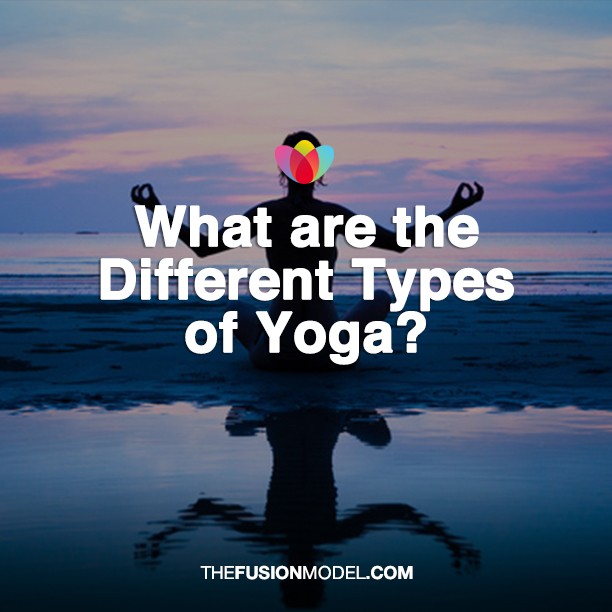A 5,000-year-old practice, yoga is basically a series of moves or poses (asanas, in yogi speak) that you assume for a few seconds to a few minutes. Designed to build strength and flexibility, yoga unites the mind, body and spirit through these movements and their accompanying meditations and breath control. Yoga counts as a workout, tones the entire body and relaxes the mind. So what’s not to love?
But: How do you decide which type to try? There are many forms of yoga. Most include the same fundamental poses but differ in terms of how quickly you move, how long you hold each pose, how much breathing is emphasized and how much of a spiritual aspect is present. Some styles offer more modifications to the really bendy and twisty moves, so they’re more accessible to newcomers and the flexibility-challenged. Others are for people who can already touch their toes with their tongue. If you think you’ll dig yoga, experiment with some of the different styles. You may find you like one more than the others.
Here’s a brief look at the many styles of yoga:
Ananda requires less strength and flexibility than most other styles, so it’s a great place to start. The moves are fairly straightforward, and Ananda doesn’t involve much chanting.
Anusara, a relatively new form of yoga, has a deep spiritual element and a heavy focus on good posture and body alignment.
Astanga, sometimes called Power Yoga, is one of the most physically demanding forms of yoga in terms of flexibility, strength and stamina. You move from one posture to another without a break, so this style isn’t recommended for beginners.
Bikram, an intensely physical style of yoga, includes a lot of breathing exercises. The same 26 poses are performed in the same order during 90-minute classes that are usually conducted in a room heated to 100 degrees. (The heat is intended to make it easier to stretch.) If you have high blood pressure, are at high risk for developing heart disease or already have heart disease, get your doctor’s permission before taking a class conducted in a room at a high temperature.
Integral classes involve lots of meditation and chanting. However, Integral Yoga is one of the easier forms to learn because the postures are relatively simple, with plenty of modifications offered for the flexibility-challenged.
Iyengar instructors must complete a rigorous two- to five-year training program for certification, so the quality of teaching tends to be consistently good. Iyengar Yoga involves props such as foam blocks and stretching belts. Instructors pay close attention to body alignment.
Kripalu, a less physical and more meditative style of yoga, emphasizes body alignment with breath and movement coordination. There are three stages in Kripalu Yoga:
- Stage One focuses on learning the postures and exploring your body’s limits of strength and flexibility.
- Stage Two involves holding the postures for an extended time, developing concentration and inner awareness.
- Stage Three involves moving from one posture to another without rest.
Kundalini was one of the first “Westernized” forms of yoga. Because it’s designed to release energy in the body, it involves a lot of intense breathing exercises. Most of the poses are classic flexibility exercises.
Sivananda. This classic style of yoga is one of the most widely followed in the world, and incorporates well-known poses with an emphasis on relaxation and breathing.




